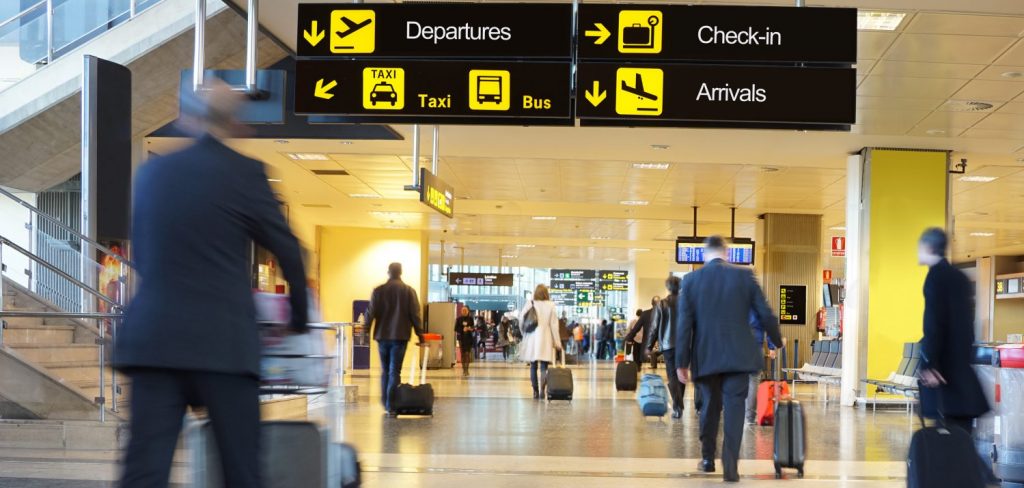Air travel is slowly picking up again around the world after a very difficult period of almost complete lockdown due to the Covid-19 pandemic.
Passengers are coming back to airports, but there is still a long way to go before airport activity is back to the pre-Covid-19 levels.
Although airport activity is limited by the different travel restrictions put in place by governments around the world, it is also limited by the fact that passengers are not fully confident in the sanitary safety of their journeys.
Both airlines and airports have a role to play in restoring passengers’ confidence, and to make air travel and airport operations safe again.
In the unprecedented situation created by the Covid-19 crisis, airports have to face different challenges to reopen and operate safely, most of them related to passenger flows, such as:
- Respect physical distancing requirements;
- Implement maximum capacity limitations;
- Manage crowd density;
- Limit cross-contamination in queueing zones; and
- Improve cleaning and hygiene processes throughout the airport.
Thermal cameras, the requirement to wear a face mask in the terminals (and sometimes on board planes) and hydro-alcoholic gel dispensers were the first actions taken to respond to the crisis, along with clear passenger information concerning social distancing and capacity limitations.
But this is clearly not enough – putting stickers on the ground every one or two meters to enforce physical distancing between people is not enough to make sure it is respected everywhere and at all times.
The same goes for capacity limitation. A sign at the entrance of a duty-free shop or an airline lounge saying “maximum 20 persons inside” will not ensure that capacity limits are not exceeded.
We could also, for example, take the example of airport toilets, where usual cleaning processes happen every few hours. This is not sufficient anymore. Cleaning processes have to be triggered by the real frequentation and usage of the facilities.
A precise and real-time measuring tool is necessary to ensure the different limitations and restrictions are respected, and to inform when they are not, in order that some corrective actions can quickly be taken.
It is also important to have accurate and reliable historical data to prove and report on the efficiency of the different actions taken to fight the pandemic and limit cross-contamination in the airport, and to be able to provide reporting to the authorities.
Monitoring and controlling passenger flows in airports is essential for safe operations in the pandemic period. An accurate and real-time passenger flow measurement tool is the cornerstone of the process.
Airport operators need to realize that understanding and controlling people flow is a key factor in times of global pandemic, but also for “normal” operations.
Not only will it help with social distancing, crowd density and maximum capacity management, but it will also bring operational intelligence added value to the overall passenger-processing chain of the airport.

